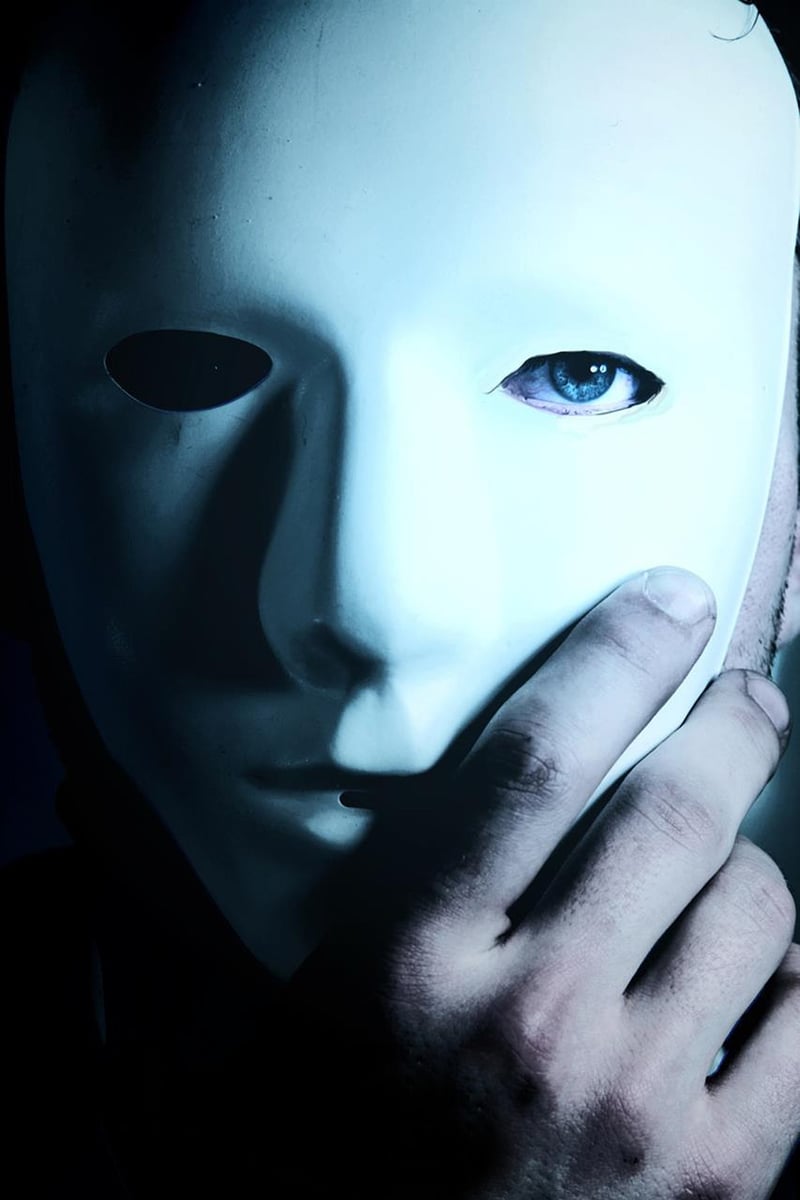Hidden Signals
The Art of Discreet Messaging: Decoding Hidden Signals
In a world where communication is often open and transparent, there is still a place for discreet messaging and hidden signals. Whether you are trying to convey a secret message or simply add an element of mystery to your interactions, understanding the art of subtle communication can be a powerful tool.
Why Discreet Messaging?
Discreet messaging allows you to communicate in a way that is not immediately obvious to others. It can be used to convey confidential information, express hidden desires, or create a sense of exclusivity between you and the recipient.
Types of Hidden Signals
Hidden signals can take many forms, from subtle body language cues to cryptic symbols. Some common types of hidden signals include:
- Eye Contact: Sustained eye contact can convey intimacy or a shared secret.
- Hand Gestures: Certain hand movements can have specific meanings known only to those in the know.
- Symbolism: Using symbols or codes to represent ideas or messages without explicitly stating them.
Decoding Hidden Messages
To effectively decode hidden messages, pay attention to subtle cues and context. Look for patterns or anomalies that stand out from normal communication. Trust your instincts and intuition to uncover the true meaning behind the hidden signals.
Embracing the Art of Discreet Messaging
Whether you are engaging in playful banter or serious negotiations, mastering the art of discreet messaging can give you a competitive edge. Practice reading and sending hidden signals to enhance your communication skills and deepen your connections with others.
Remember, the most powerful messages are often the ones left unsaid.

Explore the world of discreet messaging and hidden signals to unlock a new dimension of communication.
For more insights on decoding hidden messages and mastering the art of discreet messaging, visit Psychology Today.
